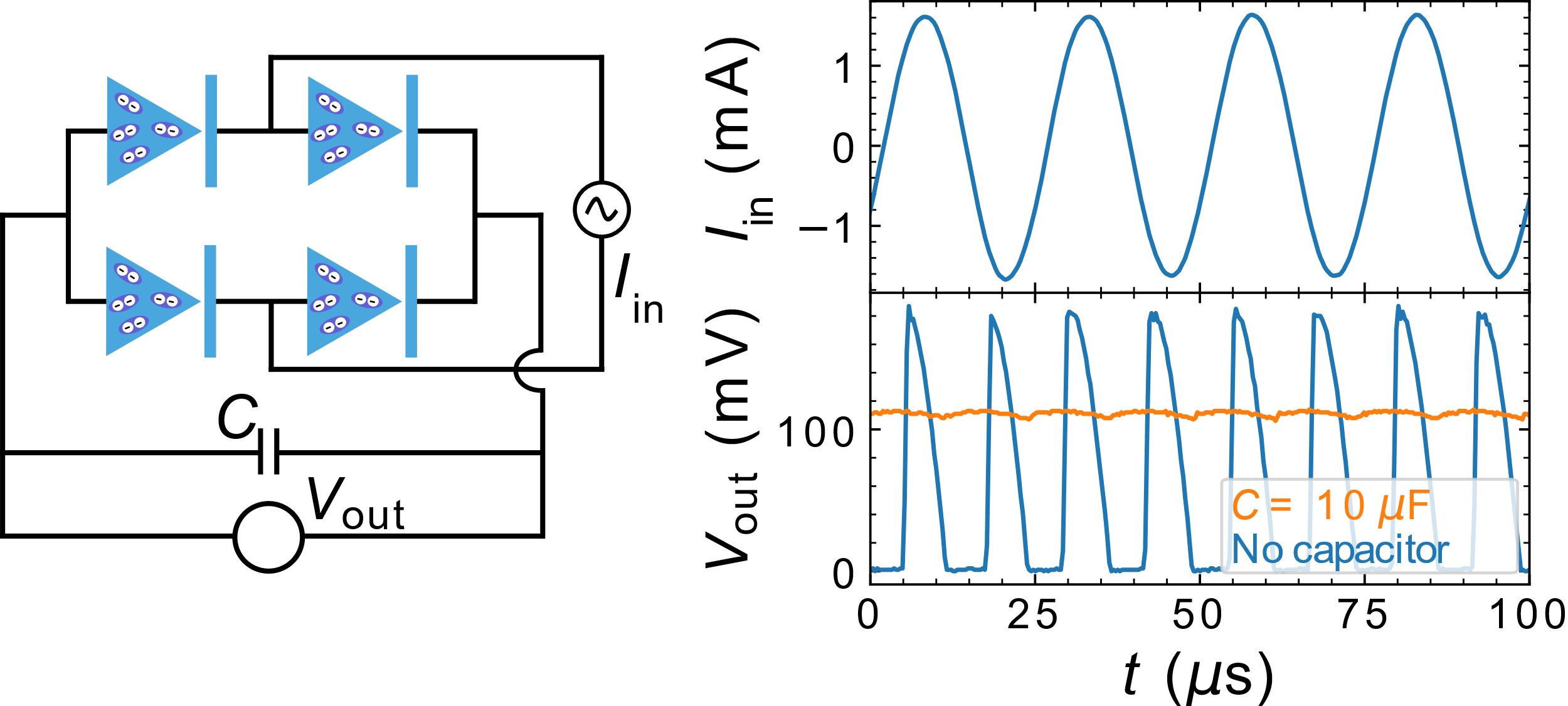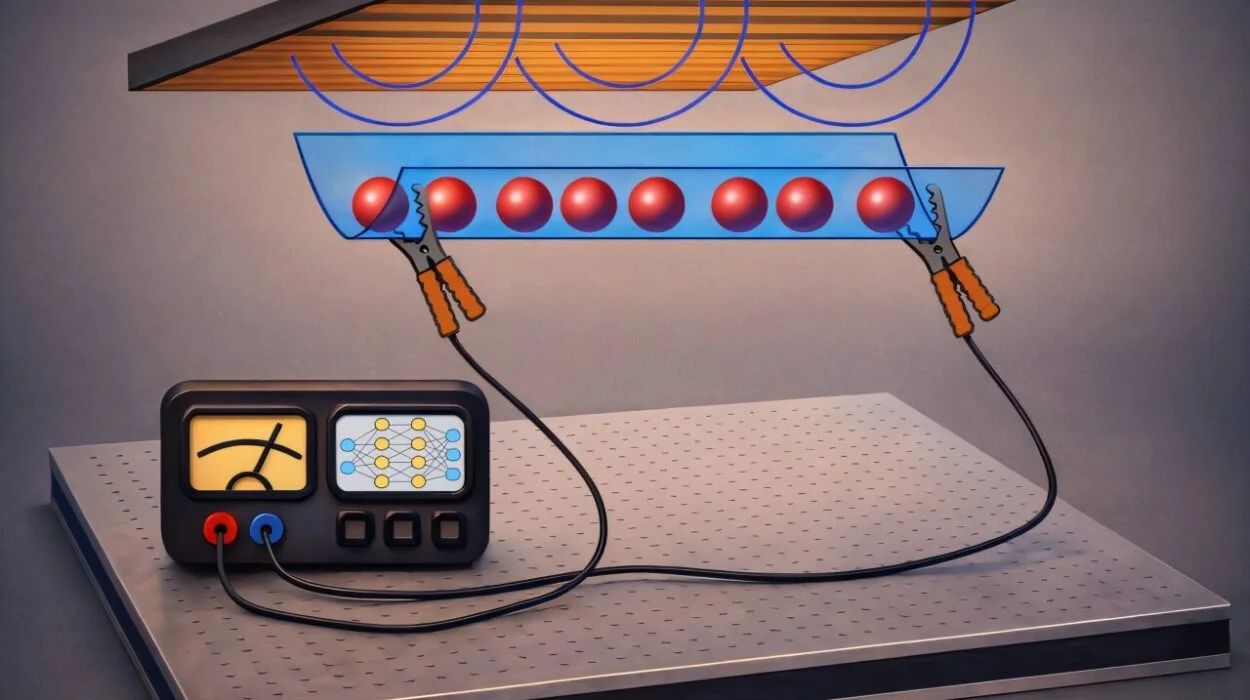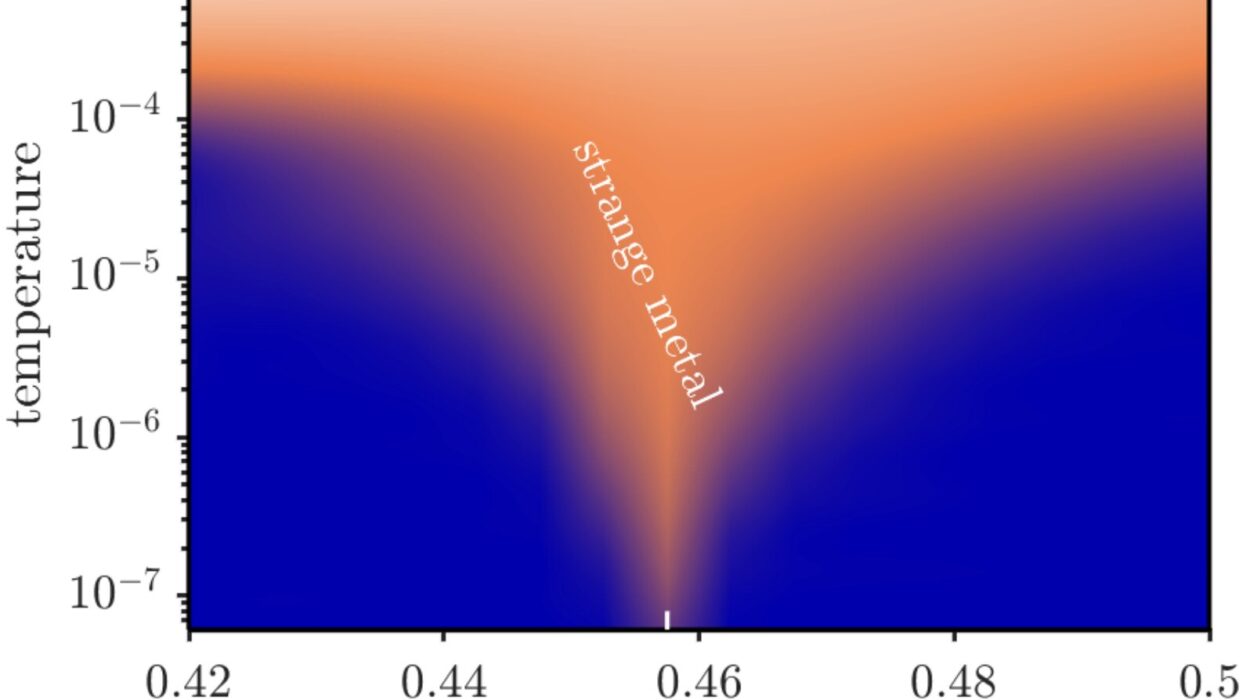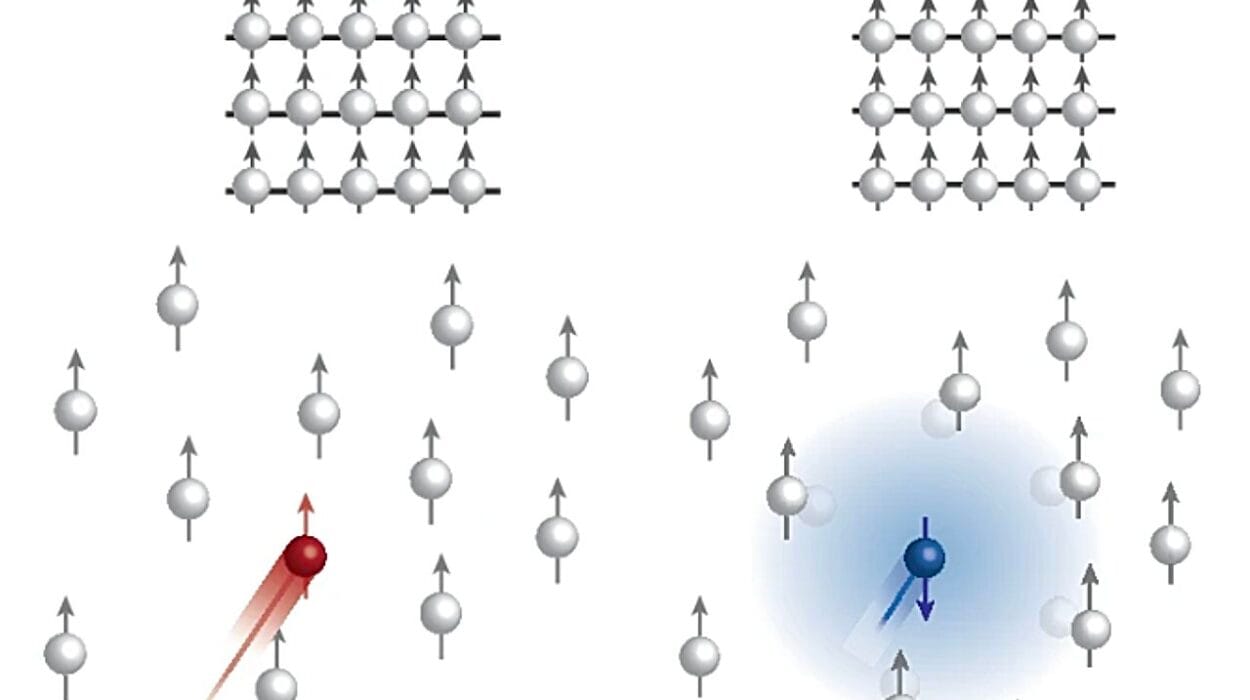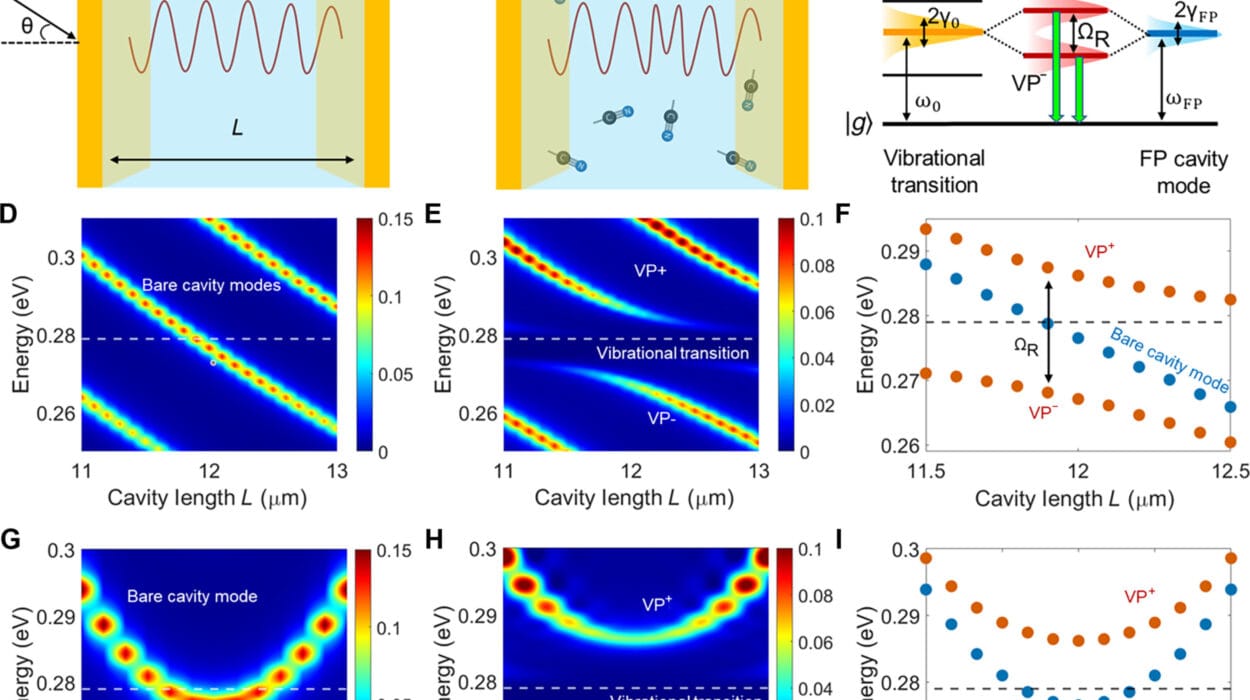Superconductivity is one of the strangest and most powerful quantum phenomena ever observed. At temperatures near absolute zero, some materials enter a state in which electrical resistance vanishes completely, allowing electric current to flow without any energy loss. This seemingly magical property has fueled scientific dreams for over a century, inspiring visions of levitating trains, lossless power grids, and ultrafast computing systems. But it’s only in recent decades—thanks to advances in material science and quantum engineering—that superconductivity has begun transitioning from an exotic laboratory curiosity into a cornerstone of next-generation technology.
Now, a team of researchers from the Massachusetts Institute of Technology (MIT), the University of California–Riverside, and SEEQC Inc. has made a leap forward by developing a superconducting rectifier circuit—a critical piece of infrastructure for quantum and cryogenic electronics. Their system, composed of four superconducting diodes (SDs) arranged in a full-wave bridge configuration, achieves exceptionally high rectification efficiencies at cryogenic temperatures. Their findings, published in Nature Electronics, represent a key step toward scalable, efficient power delivery systems for quantum computers and other superconducting devices.
The Superconducting Diode: A One-Way Ticket for Electrons
At the heart of this innovation lies the superconducting diode—a device that allows current to flow in only one direction, similar to a conventional semiconductor diode, but without resistance. While traditional diodes are omnipresent in everyday electronics, their superconducting cousins offer entirely new capabilities, particularly at temperatures required for quantum computing.
For quantum logic systems and superconducting processors to function, they need precise power delivery and low noise operation in ultracold environments. However, building rectifiers—circuits that convert alternating current (AC) into direct current (DC)—at such low temperatures presents a unique challenge. Conventional components don’t work efficiently, and early superconducting rectifiers lacked both scalability and efficiency. That’s what makes this new work so transformative.
“Our recent work on superconducting diodes inspired us to advance toward addressing technology needs,” explained Dr. Josep Ingla-Aynes, Dr. Jagadeesh S. Moodera, Dr. Oleg A. Mukhanov, and Dr. Y. Hou, the lead authors of the study. “Since our SDs were already highly efficient, reproducible, and scalable, we decided to exploit them for applications.”
A Collaboration Forged in Cryogenics
This breakthrough didn’t emerge from a single lab, but from a rich collaboration spanning institutions with distinct expertise. Dr. Ingla-Aynes and Dr. Moodera, based at MIT and known for their pioneering work on superconducting spintronics, teamed up with Dr. Mukhanov—renowned for developing superconducting digital logic systems—and Dr. Hou. Together, they envisioned a diode-based full-wave rectifier that could handle high-frequency currents at cryogenic temperatures with unprecedented efficiency.
Their challenge was twofold. First, they needed to improve the performance of individual SDs. Second, they had to design a circuit that could exploit these SDs in a configuration suitable for powering superconducting logic and quantum circuits.
What they achieved was a diode bridge composed of four superconducting diodes, meticulously designed and patterned into a single ultrathin film using nanofabrication techniques. The result: a compact, highly efficient, full-wave rectifier that works seamlessly at temperatures near 4 kelvin—the realm of liquid helium.
Inside the Superconducting Bridge: A Masterpiece of Nanoscale Engineering
Creating a superconducting diode is not as simple as cooling down a metal wire. These devices require precise engineering at the atomic level. The team’s rectifier is constructed from ultrathin films grown via ultra-high vacuum evaporation, ensuring purity and uniformity at the nanoscale. The film consists of two critical layers: a superconducting layer and a ferromagnetic insulator.
The magic happens at the interface of these layers. The ferromagnetic insulator produces localized stray magnetic fields at the edges of the device. These fields break time-reversal symmetry—a prerequisite for one-way current flow in superconductors. This subtle yet powerful mechanism allows the superconducting diodes to function similarly to traditional diodes, but with zero resistance.
To further enhance performance, the researchers introduced asymmetry into the geometry of each diode and applied a minuscule out-of-plane magnetic field. This configuration improved rectification—meaning the diodes became more selective in allowing current to flow in one direction while completely blocking it in the reverse direction.
“The unique advantage of our SD rectifier circuit design,” the team explained, “is that it allows for placing four highly efficient superconducting diodes in a full-wave rectifier circuit, something that was not possible before.”
A Cryogenic Circuit That Delivers
The result of their work was a compact superconducting rectifier that not only operated reliably at cryogenic temperatures but did so with remarkable efficiency. In tests, the circuit achieved rectification efficiencies of up to 42% ± 5%—a substantial achievement in a field where even modest gains are hard-won.
More importantly, the design is scalable. All four diodes and the superconducting wiring were patterned from the same film, enabling dense integration. This kind of monolithic architecture is essential for building miniaturized, low-noise cryogenic circuits that can be deployed in real-world quantum processors.
“Our work has direct applications for powering the DC-biased superconducting logic and quantum circuits,” the authors emphasized, “and thus readily enables their scaled-up operation.”
Applications Beyond the Lab: Powering the Quantum Age
Quantum computers promise to revolutionize fields from cryptography to drug discovery, but they come with severe engineering challenges. Qubits—the quantum equivalents of classical bits—are extremely sensitive to heat and electromagnetic interference. This means the entire system must be kept at cryogenic temperatures, and every component must be designed to operate in this ultracold environment with minimal noise and power loss.
The superconducting rectifier circuit developed by the MIT-UC Riverside-SEEQC team could become a key enabler of practical quantum computing. By providing on-chip power conversion at cryogenic temperatures, the device can reduce the number of external wires and heat leaks into the quantum system. Fewer wires means fewer heat bridges and less electromagnetic interference—a crucial requirement for preserving quantum coherence.
These circuits could also be pivotal in large-scale superconducting logic systems, where DC-biased components need stable, reliable power. Furthermore, they may be integrated into advanced detectors used in astronomy, particle physics, and even dark matter research.
Toward the Future: From Magnetic Fields to Magnetic Freedom
The team’s next goal is even more ambitious: to achieve efficient diode operation at zero magnetic field. Eliminating the need for external magnetic fields would simplify integration into superconducting circuits and open the door to more compact, self-contained quantum systems.
“We now want to bring the efficient operation of SDs and rectifiers down to zero magnetic field,” said the authors. “This would be an important step toward the integration with superconducting circuits.”
They also envision combining SDs with Josephson junctions—another cornerstone of superconducting electronics—to create hybrid devices with novel functionalities. Such integrations could reduce power consumption, enhance performance, and provide new control mechanisms for both classical and quantum circuits.
The Broader Horizon: Building the Superconducting Internet
This innovation is not just about improving one circuit or powering one type of device. It is a step toward a new technological ecosystem—an infrastructure where superconducting devices, quantum logic elements, and cryogenic power systems work in harmony.
Imagine a data center cooled to near absolute zero, where superconducting processors perform calculations with unmatched speed and energy efficiency. Picture a quantum network where signals travel with zero loss across superconducting cables. Visualize an entire internet backbone rebuilt with superconducting logic, immune to the power losses and thermal limits of today’s silicon-based systems.
The superconducting diode rectifier developed by this team may be a small piece of hardware, but it’s part of a much larger puzzle—one that could redefine how we build and power the technologies of tomorrow.
Conclusion: Where Physics Meets Possibility
Superconductivity remains one of the most alluring frontiers in physics—a domain where resistance disappears, quantum effects reign, and new possibilities emerge. Thanks to the work of Dr. Ingla-Aynes, Dr. Moodera, Dr. Mukhanov, and their collaborators, the dream of fully integrated, efficient cryogenic electronics is a step closer to reality.
Their superconducting diode bridge not only showcases the power of interdisciplinary collaboration and nanoscale engineering, but also lays the groundwork for practical, scalable quantum systems. As the quantum age dawns, innovations like this will be the silent heroes operating in the background—cool, invisible, and essential.
The age of zero resistance is no longer a fantasy. It’s engineering in action. It’s superconductivity realized.
Reference: Josep Ingla-Aynés et al, Efficient superconducting diodes and rectifiers for quantum circuitry, Nature Electronics (2025). DOI: 10.1038/s41928-025-01375-5
